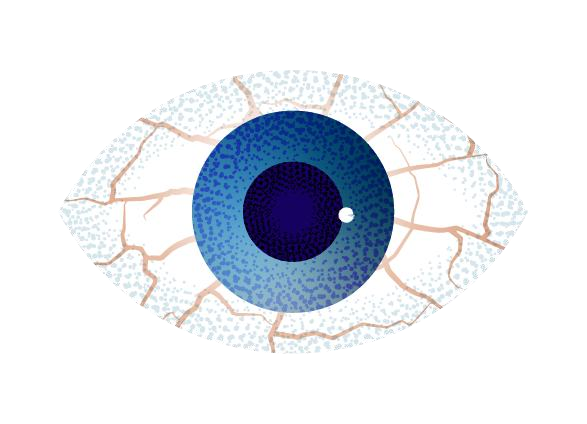 Learn About Dry Eye
Learn About Dry EyeIt's important to be aware of the potential symptoms and risk factors for chronic dry eye, like

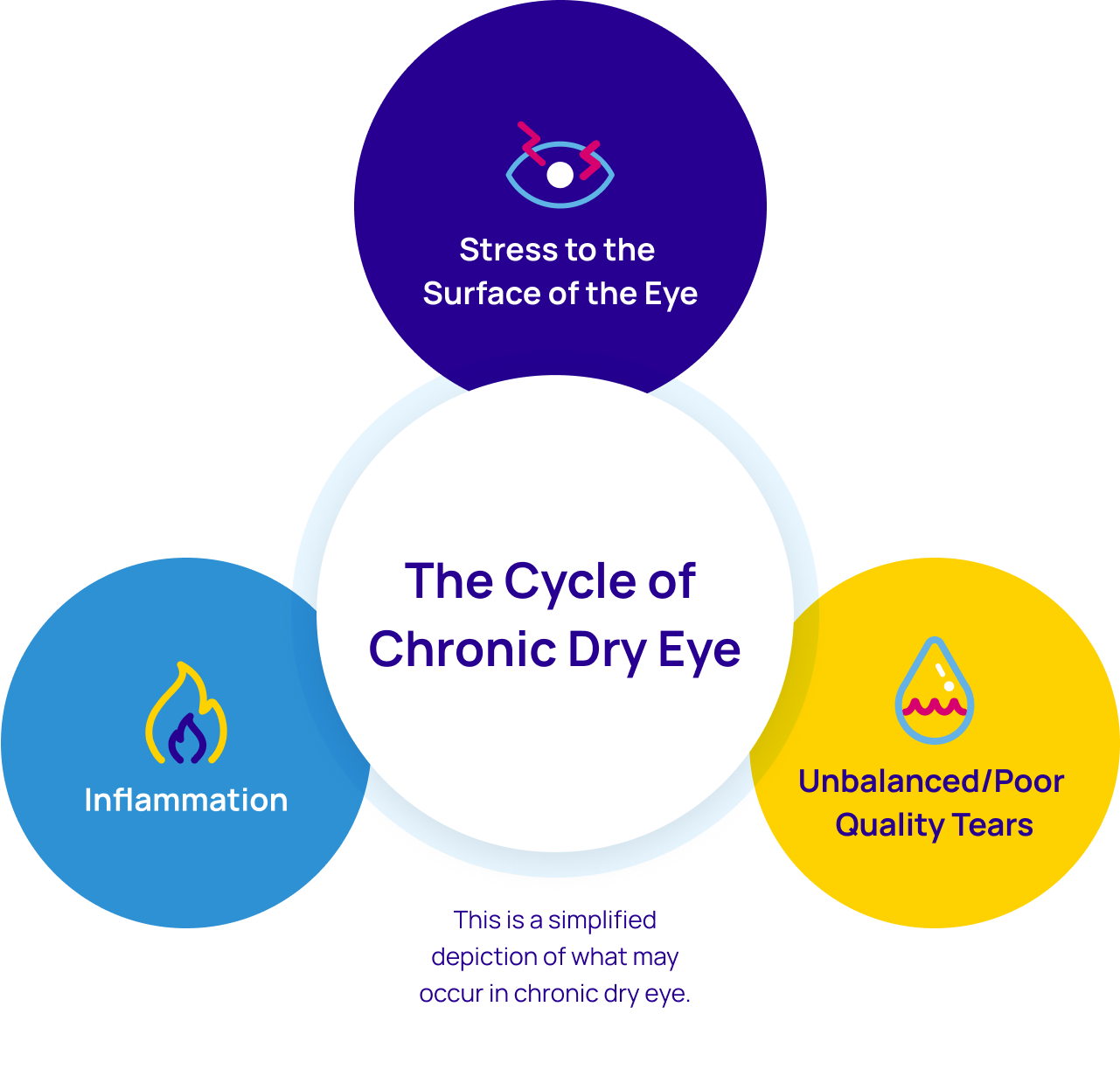
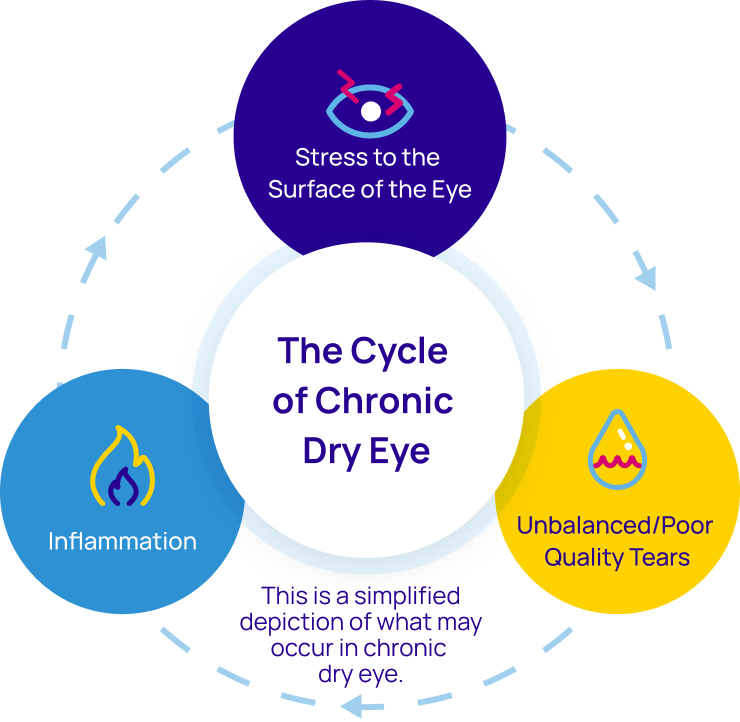
The Cycle of Chronic
Dry Eye
Dry eye is chronic and can be progressive. Symptoms can keep coming back and get worse over time. If they do, underlying inflammation may be at the root of the problem. And over-the-counter eye drops† may pause dry eye symptoms, but they can't target inflammation.
†Over-the-counter eye drops=artificial tears.
Over-the-counter eye drops† just pausing symptoms?
You may already be using artificial tears. But these drops only put a pause on symptoms by lubricating the eye. If symptoms keep coming back over and over again, you might need an eye drop that works differently.
†Over-the-counter eye drops=artificial tears.
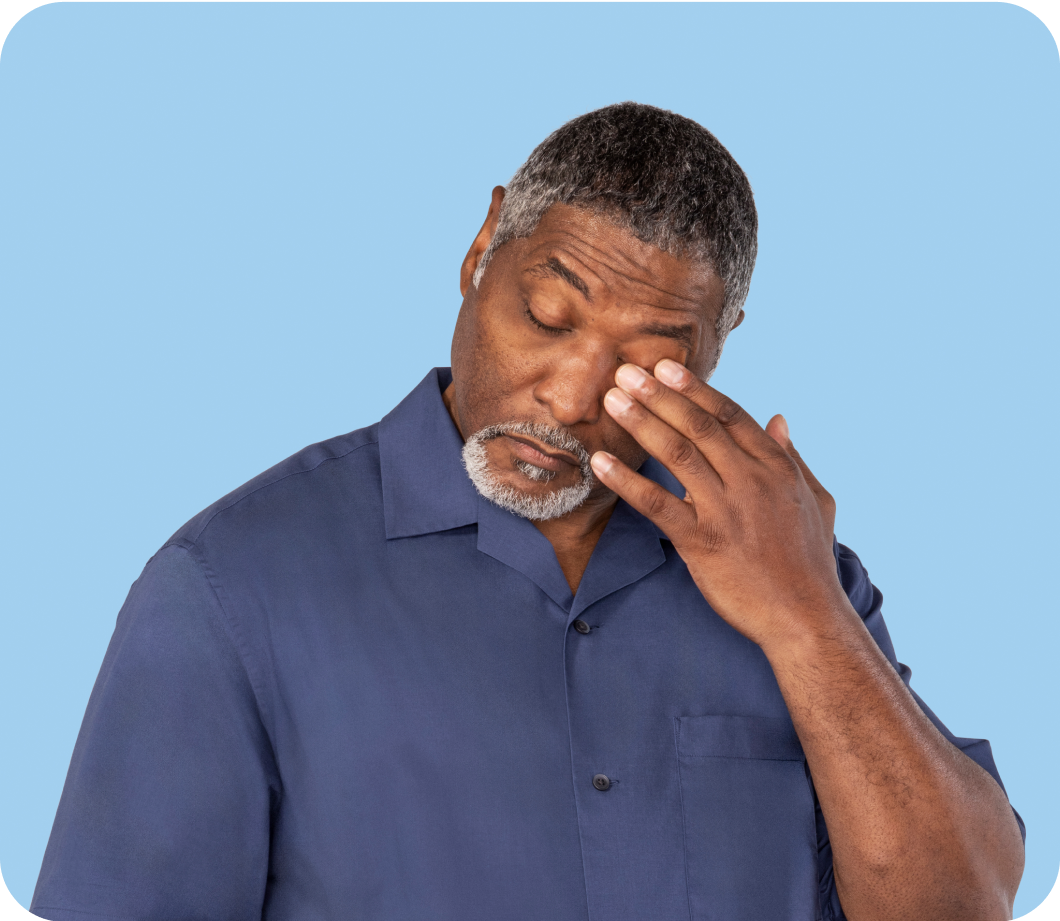
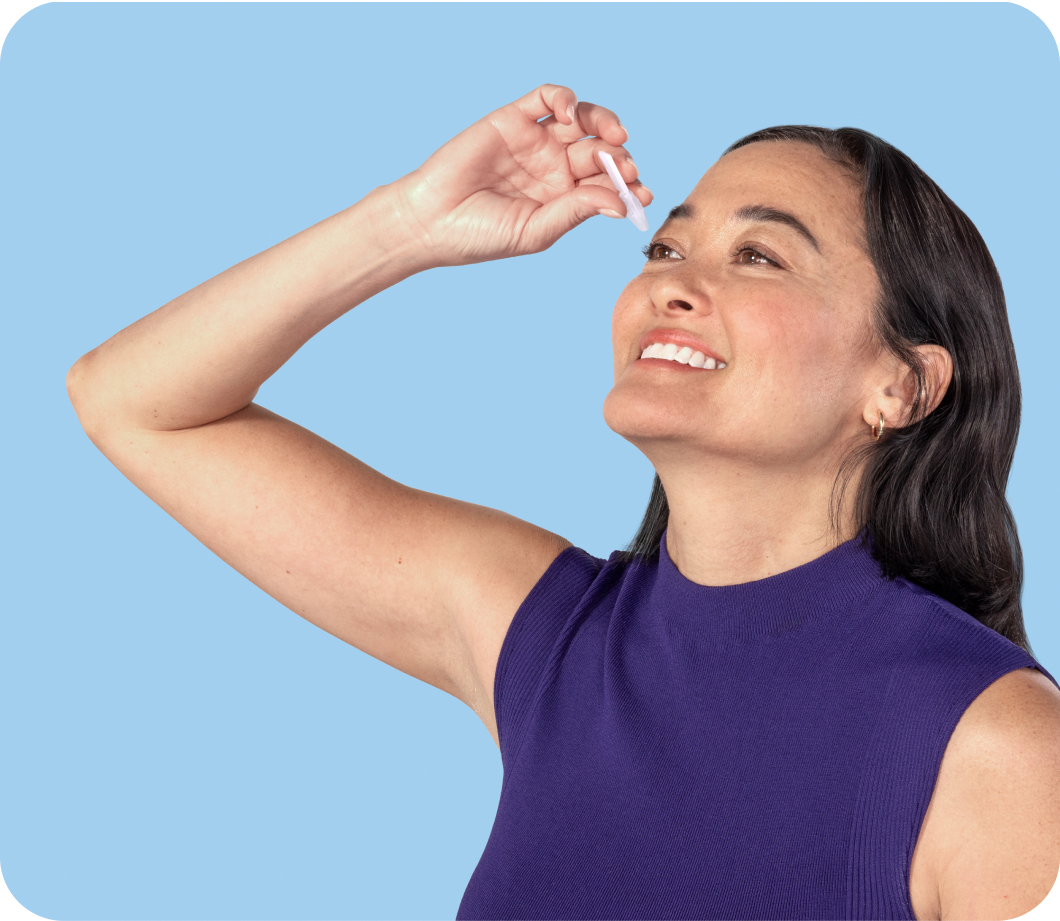
Xiidra Works Differently
Xiidra targets a source of inflammation that can cause dry eye, providing lasting symptom relief in some patients with continued twice-daily use.‡
‡Xiidra may provide lasting symptom relief for some patients with continued twice-daily use. In clinical studies, Xiidra reduced symptoms of eye dryness at 2 weeks in 2 out of 4 studies, with improvements observed at 6 and 12 weeks in all 4 studies.
What is Xiidra?
Show MoreWhat is Xiidra?
Xiidra (lifitegrast ophthalmic solution) 5% is a prescription eye drop used to treat the signs and symptoms of dry eye disease.
Important Safety Information
Do not use Xiidra if you are allergic to any of its ingredients. Seek medical care immediately if you get any symptoms of an allergic reaction.
The most common side effects of Xiidra include eye irritation, discomfort or blurred vision when the drops are applied to the eyes, and an unusual taste sensation.


